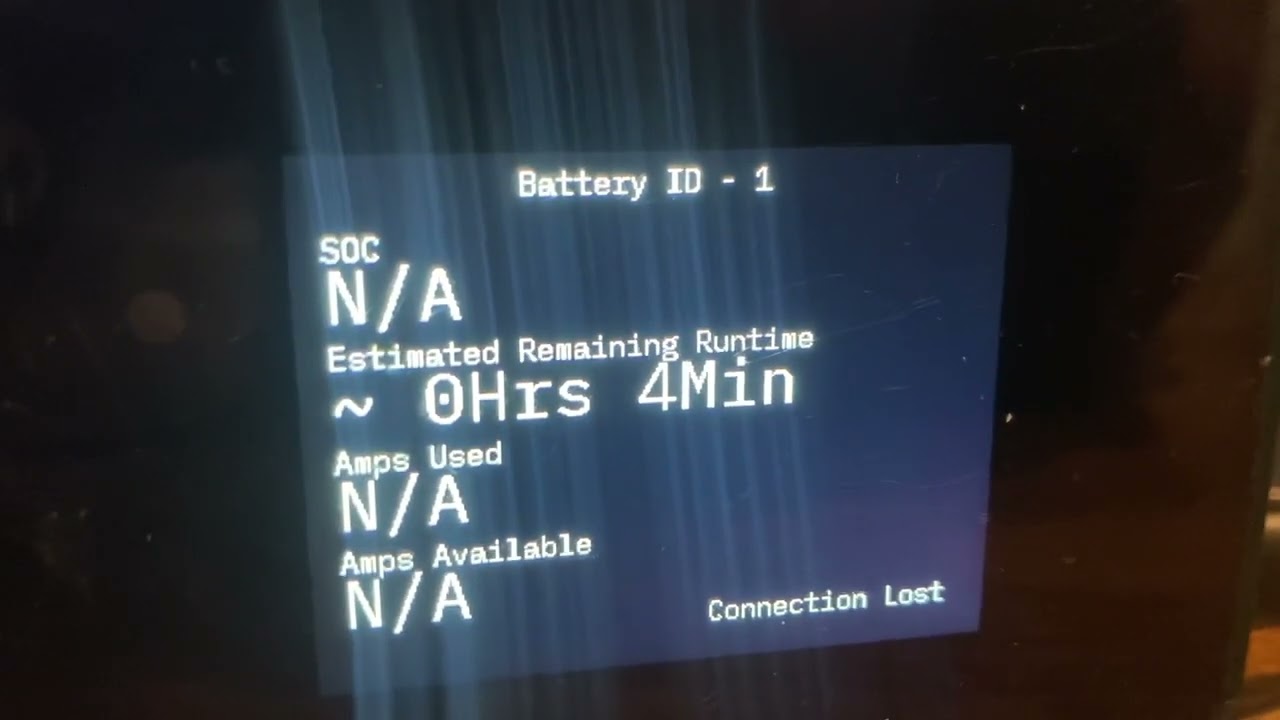Here is code that does the refresh/rewrite thing, let me know if you have any questions. The testDrawText is the function that rewrites text on the screen.
/**
* @file LoRaP2P_RX.ino
* @author rakwireless.com
* @brief Receiver node for LoRa point to point communication
* @version 0.1
* @date 2020-08-21
*
* @copyright Copyright (c) 2020
*
* @note RAK4631 GPIO mapping to nRF52840 GPIO ports
RAK4631 <-> nRF52840
WB_IO1 <-> P0.17 (GPIO 17)
WB_IO2 <-> P1.02 (GPIO 34)
WB_IO3 <-> P0.21 (GPIO 21)
WB_IO4 <-> P0.04 (GPIO 4)
WB_IO5 <-> P0.09 (GPIO 9)
WB_IO6 <-> P0.10 (GPIO 10)
WB_SW1 <-> P0.01 (GPIO 1)
WB_A0 <-> P0.04/AIN2 (AnalogIn A2)
WB_A1 <-> P0.31/AIN7 (AnalogIn A7)
*/
#include <Arduino.h>
#include <SX126x-RAK4630.h> //http://librarymanager/All#SX126x
#include <Adafruit_GFX.h> // Click here to get the library: http://librarymanager/All#Adafruit_GFX
#include <Adafruit_ST7789.h> // Click here to get the library: http://librarymanager/All#Adafruit_ST7789
#include <./Fonts/FreeMonoBold12pt7b.h> // Font file, you can include your favorite fonts.
#include <SPI.h>
// Function declarations
void OnRxDone(uint8_t *payload, uint16_t size, int16_t rssi, int8_t snr);
void OnRxTimeout(void);
void OnRxError(void);
#ifdef NRF52_SERIES
#define LED_BUILTIN 35
#endif
// Define LoRa parameters
#define RF_FREQUENCY 868300000 // Hz
#define TX_OUTPUT_POWER 22 // dBm
#define LORA_BANDWIDTH 0 // [0: 125 kHz, 1: 250 kHz, 2: 500 kHz, 3: Reserved]
#define LORA_SPREADING_FACTOR 7 // [SF7..SF12]
#define LORA_CODINGRATE 1 // [1: 4/5, 2: 4/6, 3: 4/7, 4: 4/8]
#define LORA_PREAMBLE_LENGTH 8 // Same for Tx and Rx
#define LORA_SYMBOL_TIMEOUT 0 // Symbols
#define LORA_FIX_LENGTH_PAYLOAD_ON false
#define LORA_IQ_INVERSION_ON false
#define RX_TIMEOUT_VALUE 3000
#define TX_TIMEOUT_VALUE 3000
static RadioEvents_t RadioEvents;
static uint8_t RcvBuffer[64];
char* receivedData = nullptr;
#define CS SS
#define BL WB_IO3
#define RST WB_IO5
#define DC WB_IO4
Adafruit_ST7789 tft = Adafruit_ST7789(CS, DC, RST);
#ifndef GUI_CONST_STORAGE
#define GUI_CONST_STORAGE const
#endif
/**
* @The data structure saved in Flash cannot exceed 128 bytes@NRF52840.
*/
typedef struct
{
uint16_t xSize;
uint16_t ySize;
uint8_t bitsPerPixel;
GUI_CONST_STORAGE unsigned short * date;
}GUI_BITMAP;
static GUI_CONST_STORAGE unsigned short _acdemo[] = {//HUMBLE LOGO
};
GUI_CONST_STORAGE GUI_BITMAP bmdemo = {
320, // xSize
240, // ySize
16, // BitsPerPixel
_acdemo, // Pointer to picture data
};
void setup()
{
pinMode(WB_IO2, OUTPUT);
digitalWrite(WB_IO2, HIGH);
pinMode(BL, OUTPUT);
digitalWrite(BL, HIGH); // Enable the backlight, you can also adjust the backlight brightness through PWM.
// Initialize Serial for debug output
time_t timeout = millis();
Serial.begin(115200);
Serial.println("=====================================");
Serial.println("LoRaP2P Rx Test");
Serial.println("=====================================");
// Initialize LoRa chip.
lora_rak4630_init();
// Initialize the Radio callbacks
RadioEvents.TxDone = NULL;
RadioEvents.RxDone = OnRxDone;
RadioEvents.TxTimeout = NULL;
RadioEvents.RxTimeout = OnRxTimeout;
RadioEvents.RxError = OnRxError;
RadioEvents.CadDone = NULL;
tft.init(240, 320); // Init ST7789 240x240.
tft.setRotation(3);
tft.fillScreen(ST77XX_BLACK);
drawBmp(&bmdemo,0,0);
delay(1500);
// Initialize the Radio
Radio.Init(&RadioEvents);
// Set Radio channel
Radio.SetChannel(RF_FREQUENCY);
// Set Radio RX configuration
Radio.SetRxConfig(MODEM_LORA, LORA_BANDWIDTH, LORA_SPREADING_FACTOR,
LORA_CODINGRATE, 0, LORA_PREAMBLE_LENGTH,
LORA_SYMBOL_TIMEOUT, LORA_FIX_LENGTH_PAYLOAD_ON,
0, true, 0, 0, LORA_IQ_INVERSION_ON, true);
// Start LoRa
Serial.println("Starting Radio.Rx");
Radio.Rx(RX_TIMEOUT_VALUE);
}
void loop()
{
delay(1000);
}
static void testdrawtext(char *text, uint16_t color)
{
tft.setTextSize(0);
tft.setFont(&FreeMonoBold12pt7b);
tft.setCursor(10, 110);
tft.setTextColor(color);
tft.setTextWrap(true);
tft.print(text);
}
static void drawBmp(const GUI_BITMAP *bmp , uint8_t x, uint8_t y)
{
uint16_t color = bmp->date[0];
uint32_t count = 0;
uint64_t bufSize = bmp->xSize * bmp->ySize;
tft.startWrite();
tft.setAddrWindow(x, y, bmp->xSize, bmp->ySize);
for ( uint64_t i = 0 ; i < bufSize ; i++ )
{
if(color == bmp->date[i])
{
count++;
}
else
{
tft.writeColor(color,count);
count = 1;
color = bmp->date[i];
}
}
tft.writeColor(color,count);
tft.endWrite();
}
/**@brief Function to be executed on Radio Rx Done event */
void OnRxDone(uint8_t *payload, uint16_t size, int16_t rssi, int8_t snr)
{
Serial.println("OnRxDone");
delay(10);
memcpy(RcvBuffer, payload, size);
Serial.printf("RssiValue=%d dBm, SnrValue=%d\n", rssi, snr);
if(strcmp(reinterpret_cast<const char*>(RcvBuffer), reinterpret_cast<const char*>(receivedData)) != 0){
// Free previously allocated memory if any
if (receivedData) {
delete[] receivedData;
}
// Allocate memory to store the payload + 1 for the null terminator
receivedData = new char[size + 1];
// Copy the actual characters from RcvBuffer to receivedData
memcpy(receivedData, RcvBuffer, size);
// Null-terminate the string
receivedData[size] = '\0';
// Print receivedData to see the content
Serial.println(receivedData);
tft.fillScreen(ST77XX_BLACK);
testdrawtext(receivedData,ST77XX_WHITE);
Radio.Rx(RX_TIMEOUT_VALUE);
}
}
/**@brief Function to be executed on Radio Rx Timeout event
*/
void OnRxTimeout(void)
{
Serial.println("OnRxTimeout");
Radio.Rx(RX_TIMEOUT_VALUE);
}
/**@brief Function to be executed on Radio Rx Error event
*/
void OnRxError(void)
{
Serial.println("OnRxError");
Radio.Rx(RX_TIMEOUT_VALUE);
}
